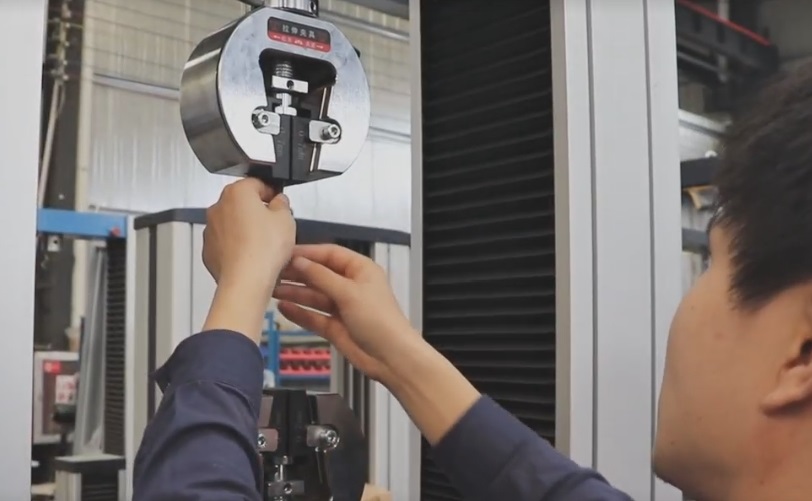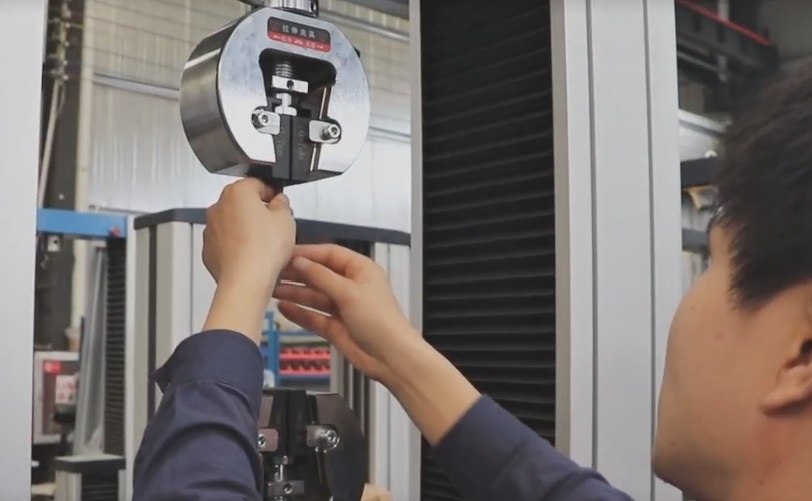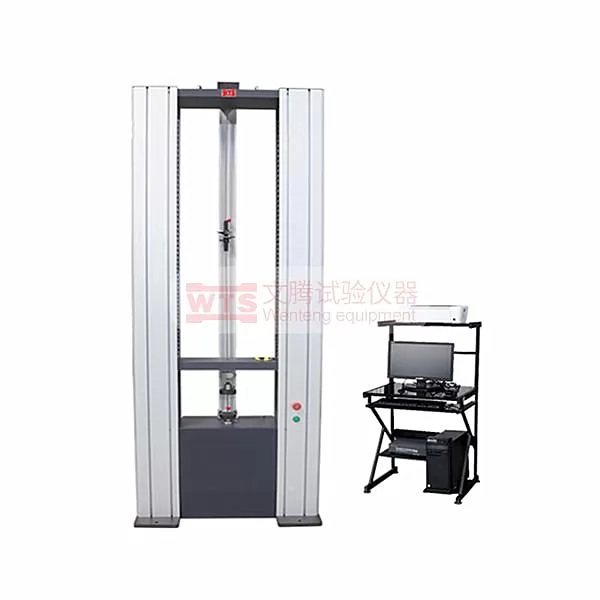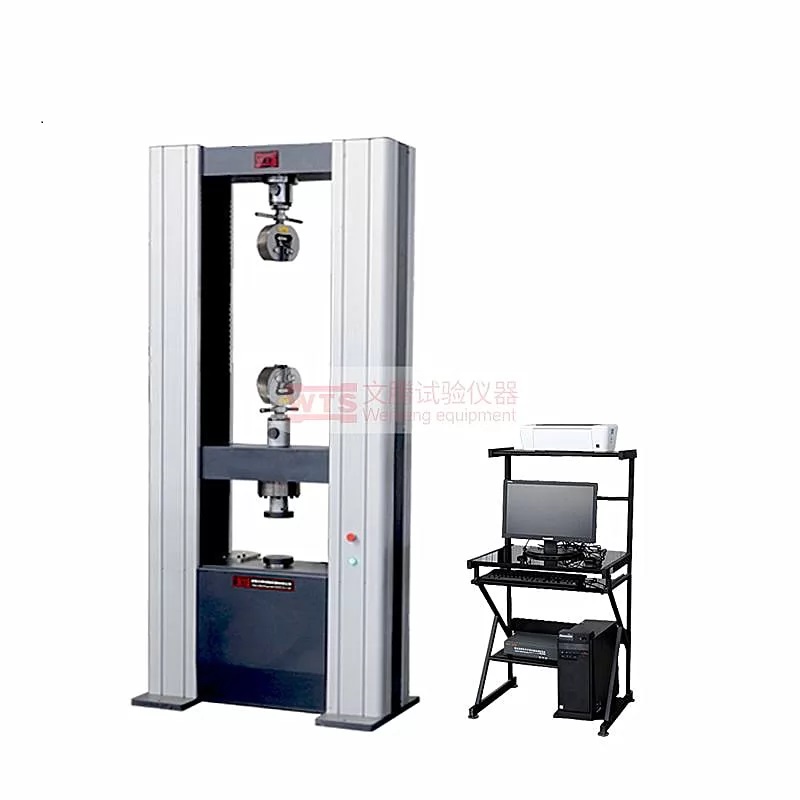ASTM A370 is one of the most important standards in the field of material testing. It defines the procedures and terminology used to evaluate the mechanical properties of steel and other metal products. These tests help ensure that structural components perform reliably under stress, strain, and environmental conditions. From construction and pipeline systems to automotive parts and heavy machinery, ASTM A370 serves as a benchmark for quality, consistency, and safety.
This standard outlines the methods for testing tensile strength, yield strength, elongation, hardness, and impact resistance. By following these procedures, manufacturers and laboratories can compare different steel grades, verify heat treatment effectiveness, and meet the mechanical property requirements outlined in various product-specific standards like ASTM A36, A106, or A572. Whether the product is a hot-rolled steel plate, a seamless pipe, or a forged component, ASTM A370 ensures that testing follows a repeatable and internationally recognized process.

What Mechanical Tests Are Included in ASTM A370?
The core of ASTM A370 revolves around several mechanical tests that are essential for material qualification. The tensile test is the most common, revealing how a steel sample stretches under controlled load. It provides values for tensile strength, yield strength, elongation, and reduction of area—parameters that help engineers predict how a material will perform in real-world applications.
The impact test, such as the Charpy V-notch method, evaluates the toughness of a material—its ability to absorb energy before fracturing. This is particularly important for structures exposed to sudden or low-temperature loading conditions, like bridges or offshore platforms. Bend tests are used to evaluate ductility and weld integrity, while hardness tests (Brinell, Rockwell, or Vickers) provide insight into wear resistance and strength. ASTM A370 also specifies how to prepare test specimens correctly, ensuring consistent geometry, orientation, and surface finish for accurate results. Incorrect sample cutting or poor machining can invalidate test outcomes and compromise safety.
Why ASTM A370 Is Essential for Steel Testing
Using ASTM A370 in your materials testing program helps ensure:
✅ Accurate mechanical property evaluation
✅ International standards compliance (ASTM, ISO, ASME)
✅ Minimized risk of structural failure
✅ Better customer and auditor confidence

Why ASTM A370 Matters for Quality Control and Compliance
For industries that rely on steel performance, ASTM A370 is more than a technical reference—it’s a vital quality control tool. It supports manufacturers in meeting certification requirements, customer specifications, and legal regulations. By aligning with ASTM A370, companies gain greater confidence in their products and reduce the risk of failure in the field. Moreover, it standardizes communication between suppliers, engineers, and clients, ensuring everyone interprets mechanical properties in the same way.
ASTM A370 is often used alongside other material standards and testing protocols. It complements specifications related to chemistry, dimensions, and surface quality, serving as the mechanical verification piece of the puzzle. In a globalized supply chain, this kind of standardization helps ensure that steel products meet consistent levels of performance, regardless of where or how they were produced. Implementing A370 correctly means using calibrated equipment, trained personnel, and up-to-date procedures. By doing so, organizations demonstrate a commitment to reliability, safety, and long-term performance.









